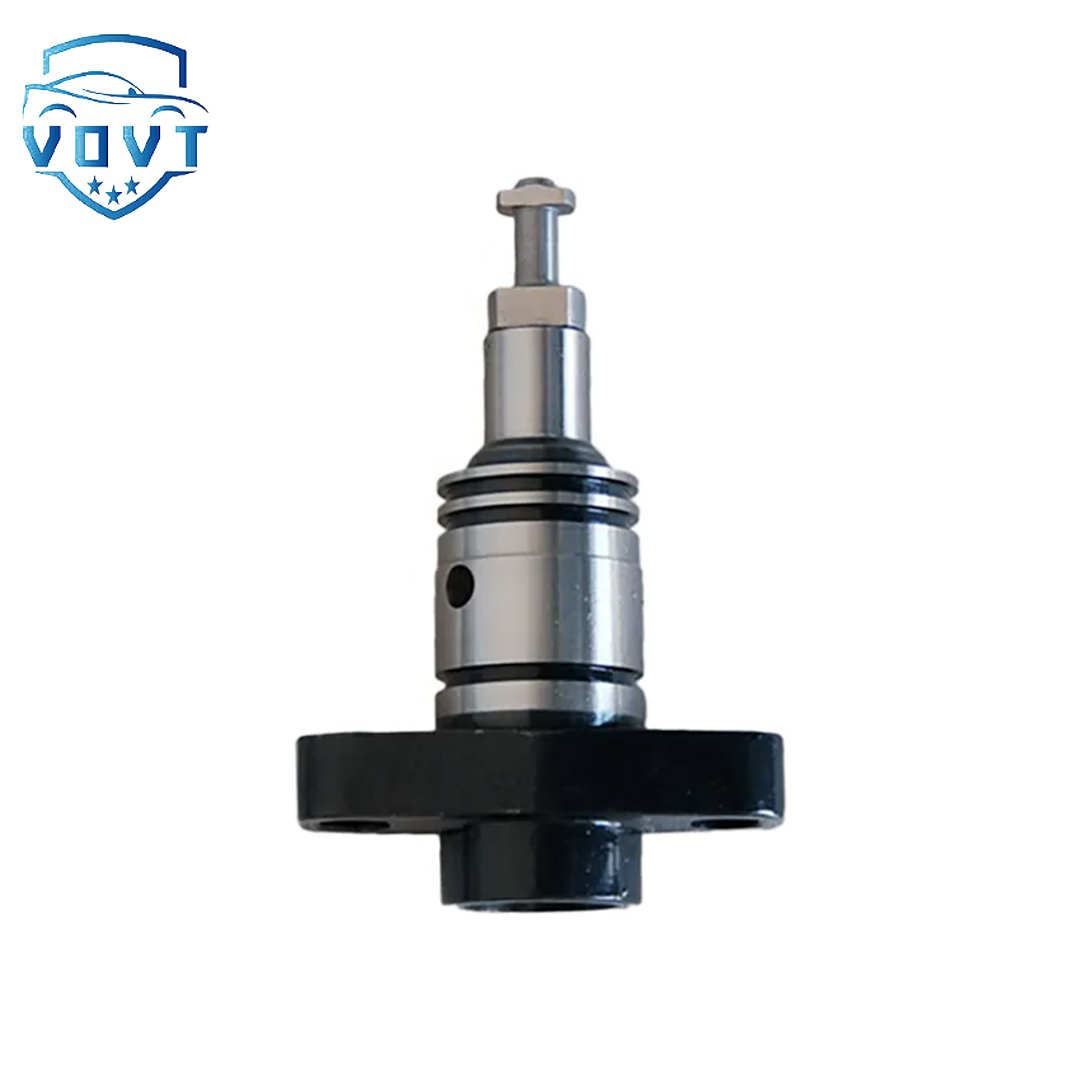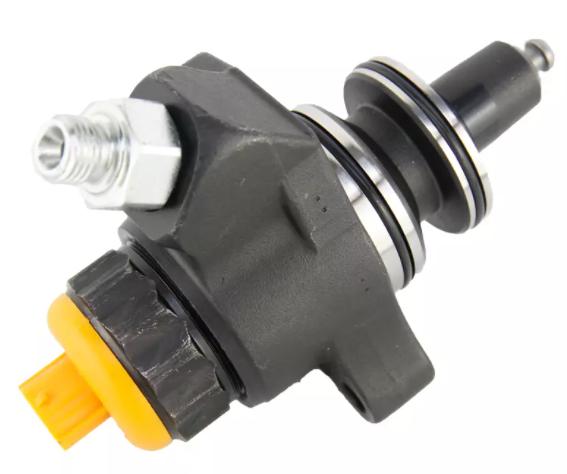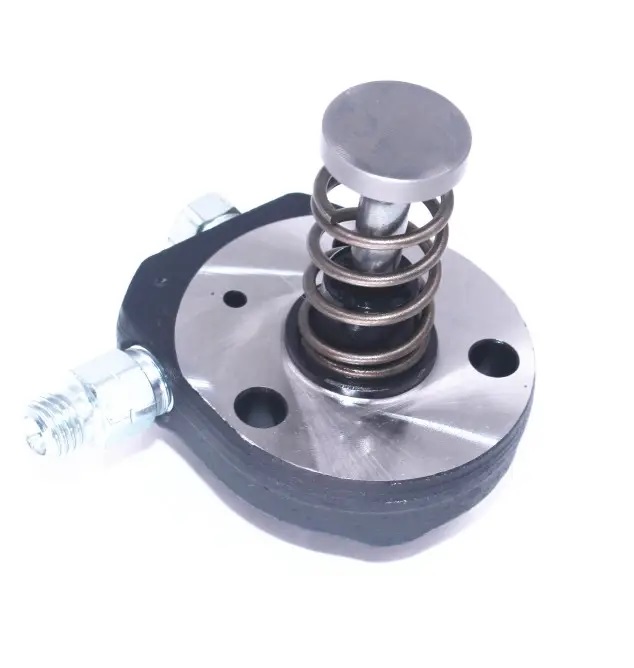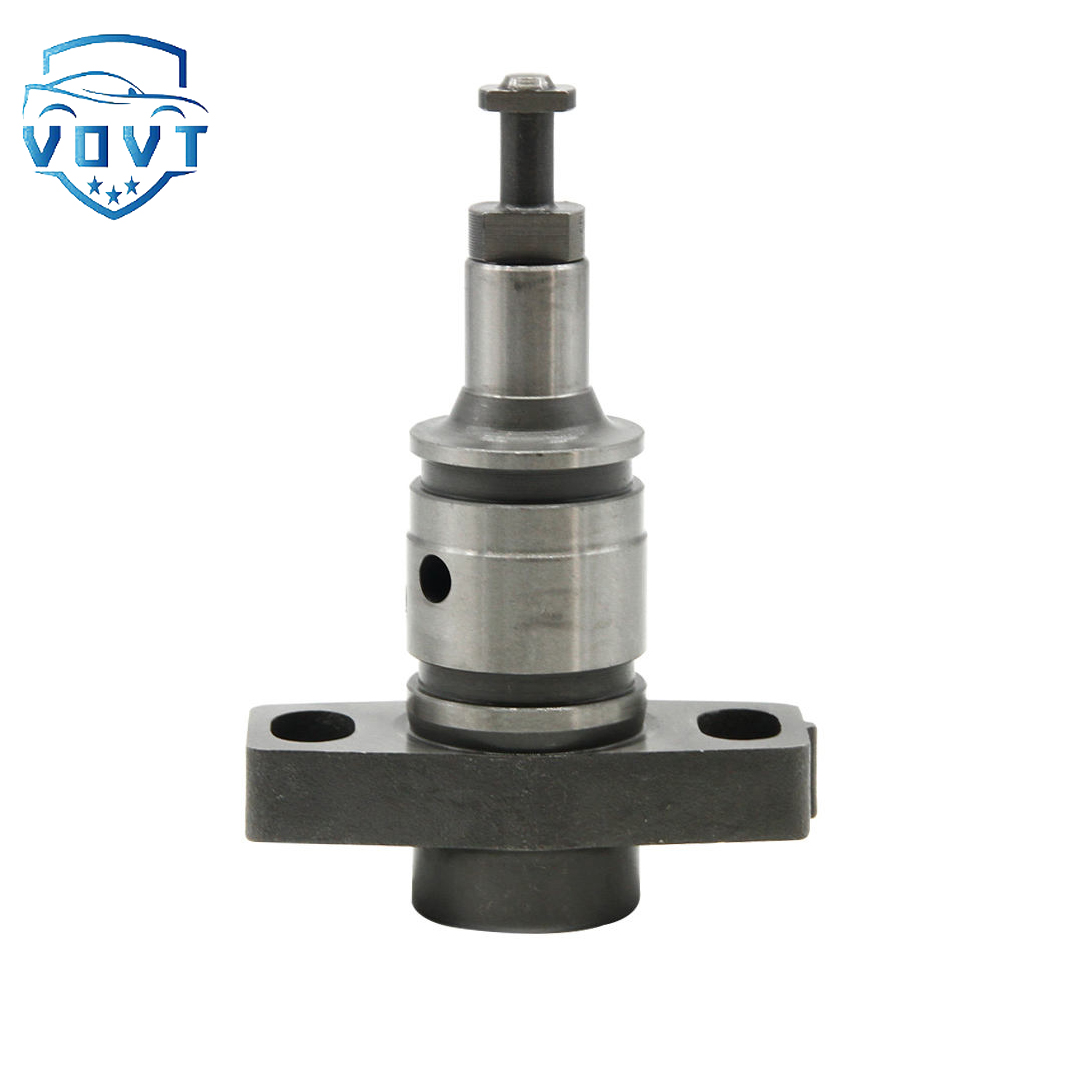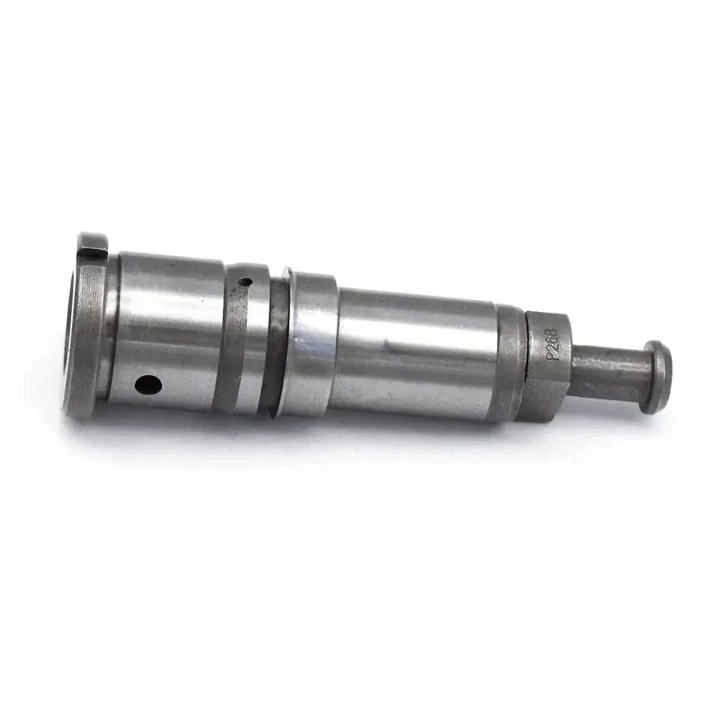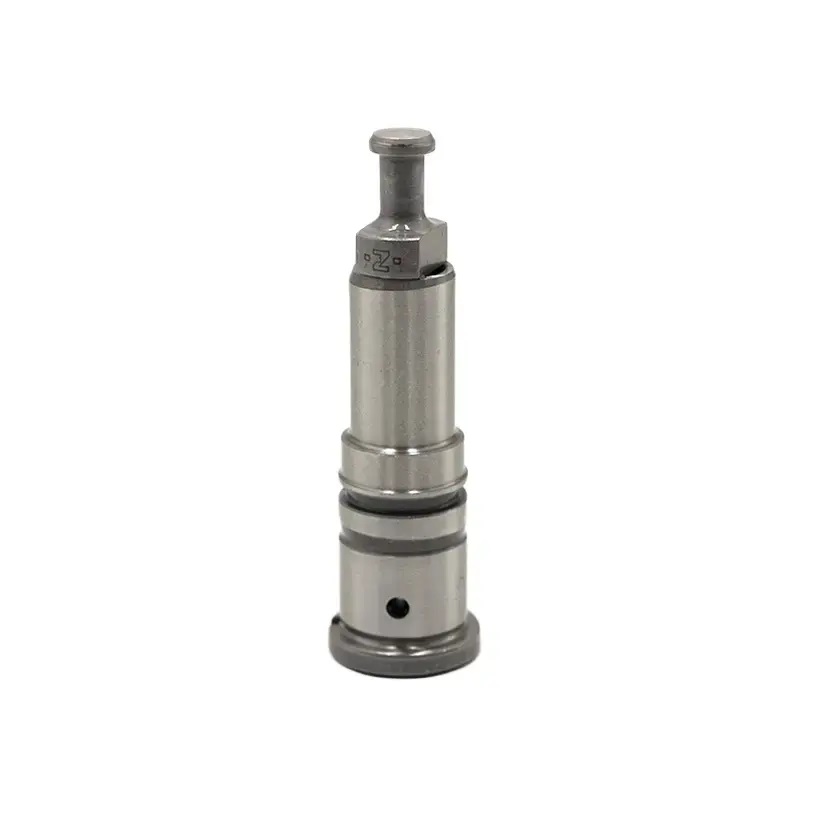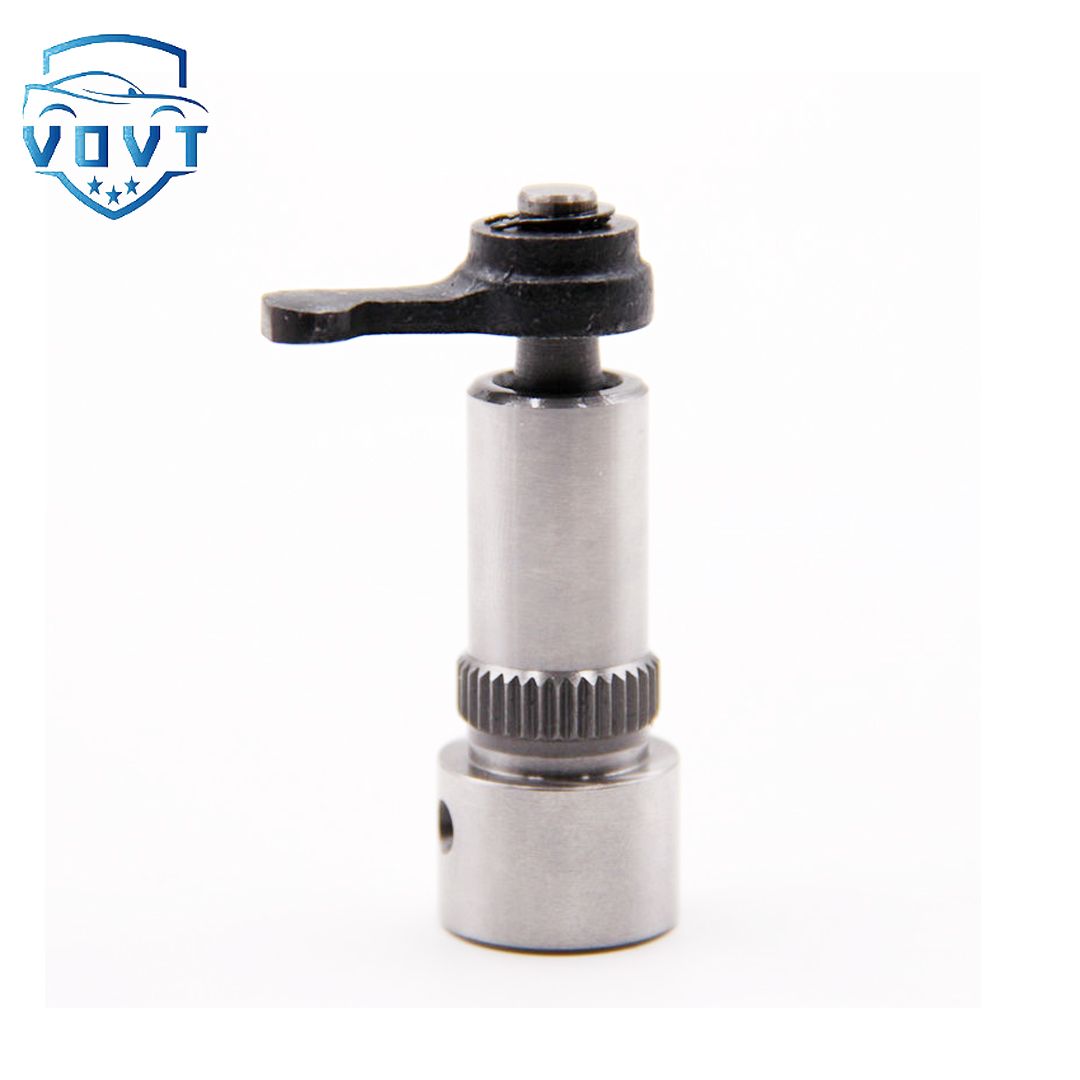Made in China Fuel Injection Pump Plunger A814 Pump Elements Engine Accessories
products description
| Reference. Codes | A814 |
| OE/OEM Codes | / |
| Application | / |
| MOQ | 5 PCS |
| Certification | ISO9001 |
| Place of Origin | China |
| Packaging | Neutral packing |
| Quality Control | 100% tested before shipment |
| Lead time | 7~15 working days |
| Payment | T/T, Paypal, Western Union or as your requirement |
Correlation Between Nitriding Process Parameters and the Wear Resistance of Plunger Surfaces
Abstract
The plunger–barrel pair in high-pressure fuel injection systems operates under severe contact conditions, including high load, high frequency reciprocating motion, boundary lubrication, and fuel contamination. Surface nitriding is widely adopted to enhance hardness, wear resistance, and scuffing resistance of plunger surfaces. However, the nitriding-induced improvements strongly depend on process parameters such as temperature, time, nitrogen potential, and cooling rate. This study investigates the quantitative correlation between nitriding parameters and the resulting wear performance of plunger components.
Experimental analysis and microstructure characterization show that nitriding temperature significantly affects the formation and thickness of the compound layer as well as the depth of the diffusion layer. Higher temperatures increase nitrogen diffusion but may also cause brittleness. Nitriding time exhibits a logarithmic relationship with case depth, where excessively long duration results in coarse nitrides and reduced fatigue resistance. Nitrogen potential dictates the phase composition—γ′-Fe₄N vs. ε-Fe₂–₃N—thus influencing friction coefficient, corrosion behavior, and anti-scuffing properties. The cooling rate affects residual stresses, impacting wear mechanisms under reciprocating motion.
Pin-on-disk tests, reciprocating friction tests, and fuel-lubricated wear experiments demonstrate that optimized nitriding parameters result in up to 40–60% reduction in wear volume and significantly lower friction coefficient. The dominant wear transition from abrasive wear to mixed adhesive–oxidative wear reflects improved surface integrity.
The study establishes a parameter–performance mapping model linking case hardness, case depth, and compound layer composition with measured wear resistance. The findings provide theoretical and practical guidance for selecting nitriding parameters tailored to different plunger application scenarios in high-pressure fuel injection systems.


















